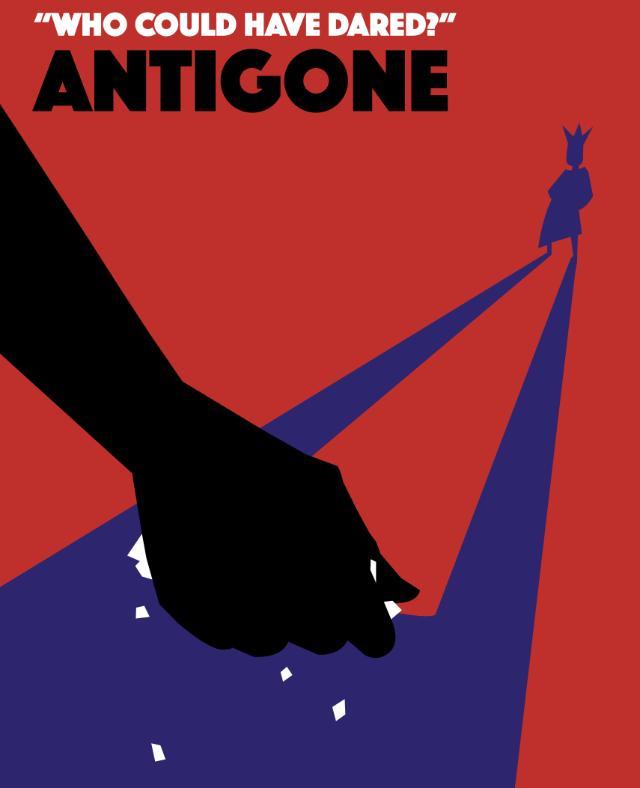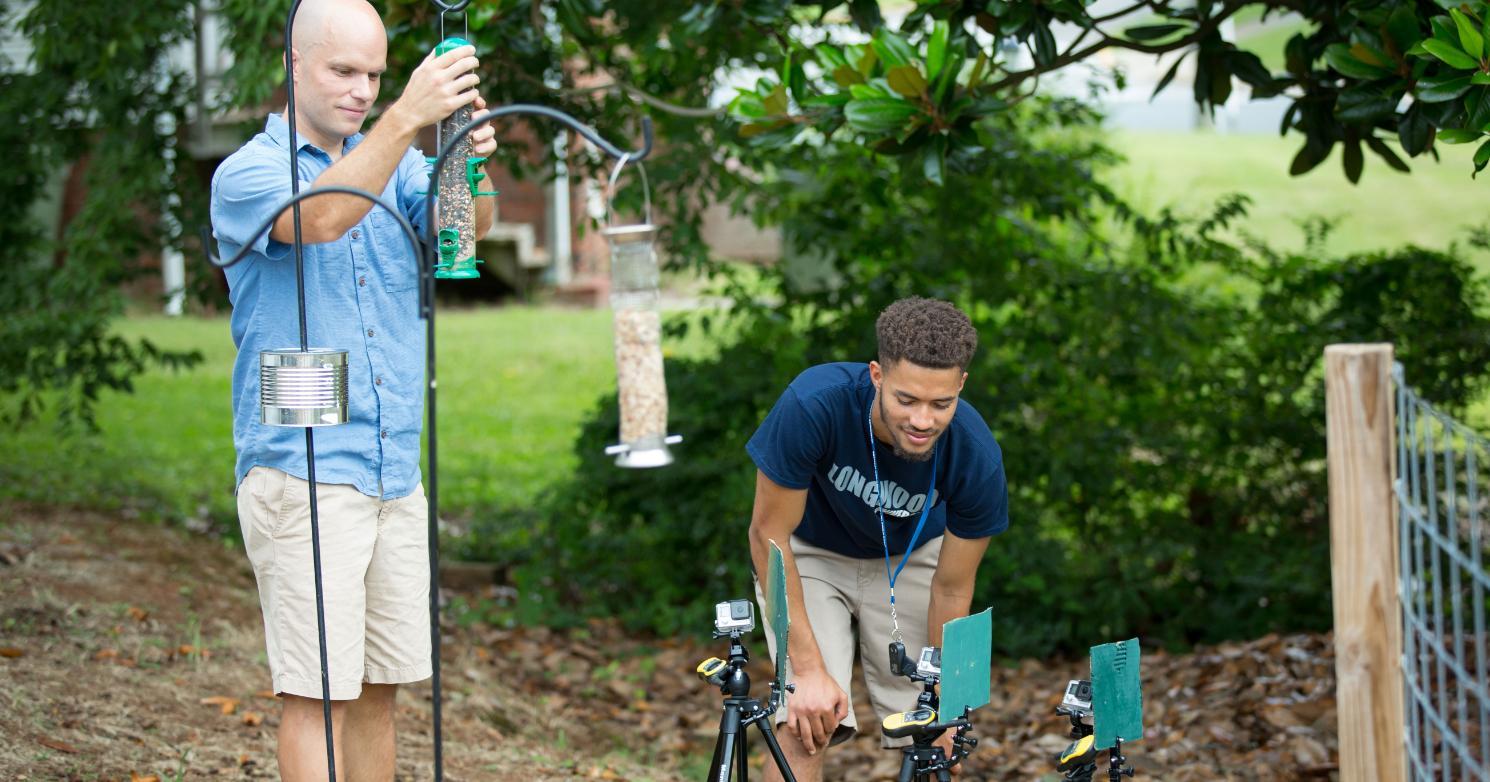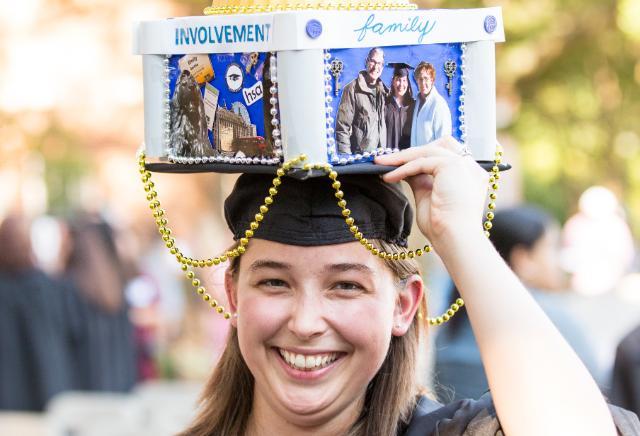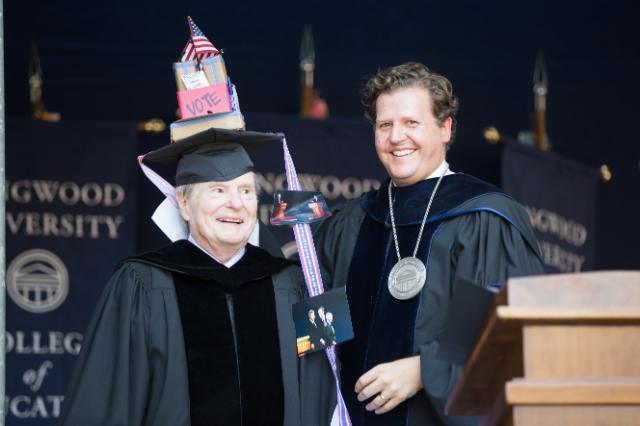-

Longwood Theatre to present Antigone, Sept. 21-25
September 19, 2016
Longwood University Theatre’s production of Jean Anouilh’s version of the classic Greek tragedy Antigone will be presented Sept. 21-25 in the Mainstage Auditorium of the Center for Communication Studies and Theatre.
-

Be heard at First Amendment Field
September 19, 2016
In the shadow of a landmark where student activism helped change the world, Longwood University will invite the public to make their voices heard during the Oct. 4 Vice Presidential Debate.
-

Alumni watch party boxes come together in musical assembly line
September 16, 2016
Watch party kits will soon land on alumni doorsteps and give them everything they need to host a family-and-friends watch party on one of the most unforgettable nights in Longwood history.
-

Top minds in cyber security to discuss national issues on Sept. 16 at Longwood
September 14, 2016
Cyber security experts will discuss the current political climate and the future of the cyber security profession. Free and open to the public.
-
![Left: First Baptist Church, Right: Farmville Baptist Church [Credit: monroega.blogspot.com]](/media/top-tier/news/2016/farmville-churches-640x213.jpg)
Farmville Baptist Church and First Baptist Church: Sharing a Common History
September 13, 2016
The story of Farmville Baptist and First Baptist mirrors a story told across the country, especially in the South: that faith and history, while constantly evolving, is woven tightly together.
-

Dean of presidential debate moderators addresses Convocation
September 12, 2016
Jim Lehrer, the legendary PBS NewsHour host, addressed the seniors at Convocation, which marked the official opening of the academic year.
-

Flight Patterns: Summer in the shade earns insight into bird landing and takeoff patterns
September 12, 2016
McCoy Williams '18 spent his summer watching birdfeeders and in the lab looking at frames of the birds in flight to study how birds land and take off in the wild.
-

Hundreds of student volunteers prep for an unforgettable week
September 12, 2016
Events like a general election debate require a small army of volunteers, and the Longwood family answered the call in a huge way.
-

11 Convocation 2016 caps you need to see
September 10, 2016
Convocation 2016 was filled–as usual–with hundreds of well-decorated caps reflecting the unique personalities of this year’s senior class. Here are 11 of the ones you didn’t want to miss.
-

Longtime PBS anchor Jim Lehrer brings insight to campus
September 09, 2016
Thursday, Sept. 8 started as many days have for Jim Lehrer, the longtime host of PBS's flagship "Newshour." It ended in a slightly more unfamiliar setting, as Lehrer spoke to nearly a thousand freshman Longwood students.
- << < 1 2 3 4 5 6 7 8 9 10 11 12 13 14 15 16 17 18 19 20 21 22 23 24 25 26 27 28 29 30 31 32 33 34 35 36 37 38 39 40 41 42 43 44 45 46 47 48 49 50 51 52 53 54 55 56 57 58 59 60 61 62 63 64 65 66 67 68 69 70 71 72 73 74 75 76 77 78 79 80 81 82 83 84 85 86 87 88 89 90 91 92 93 94 95 96 97 98 99 100 101 102 103 104 105 106 107 108 109 110 111 112 113 114 115 116 117 118 119 120 121 122 123 124 > >>

